Europe-China Forum
Next event In person & livestreamed
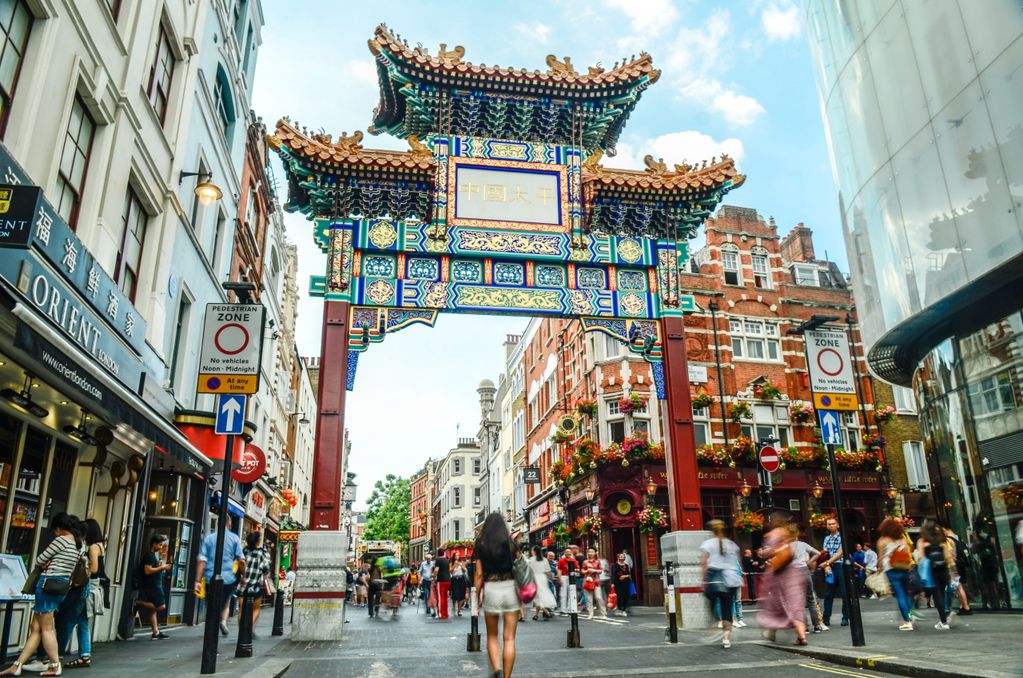
- Area of Expertise
- Global Europe

Director-General for Trade in the European Commission
Jean-Luc Demarty is Director-General for Trade in the European Commission
From the 2nd century AD until the end of the 14th century, an ancient network of trade routes stretched from Europe in the West to the furthest tip of Asia in the East. This network, named after the lucrative silk that travelled along it, carried more than just goods. It harboured people with ideas and innovations that led the East to dominate global trade. Europe was essentially a fringe player.
Then two significant sea voyages changed the game. Vasco da Gama discovered the sea route to India and Christopher Columbus found a new world in the West. From that point on, Europe was transformed from a consumer on the margins to an economic powerhouse.
Today, we are living through another period of dramatic economic change. Asia now returns to join Europe at the heart of the global economy. The European Union’s total trade in goods with Asia is worth €1.4 trillion. From machinery to food to chemicals, Asia is an important market for EU products, as is the EU for imports from Asian countries. It is no surprise that as a mood of protectionism takes hold in some parts of the world, the EU is once again looking increasingly to its Asian partners.
Through its trade policy, the EU is building strategic alliances with partners around the world. Negotiations to liberalise trade with partners outside the European bloc are a cornerstone of the EU strategy. Our negotiators have a busy agenda: in Asia alone, Europe has recently reached agreements with Vietnam, Japan and Singapore, adding to the existing agreement with South Korea.
The European Union’s total trade in goods with Asia is worth €1.4 trillion
These agreements work. EU exports to South Korea have increased by 59% or €16 billion since the application of the free trade agreement (FTA) in 2011. The agreement addressed non-tariff barriers to trade across sectors including cars, medicines and electronics.
The benefits are not just for big industry, however. Small and medium-sized enterprises are the backbone of the EU economy. They represent 99% of businesses in the EU and have created 85% of new jobs in the past five years. Companies like Col D’Orcia, a wine producer in Italy, and Chokeberry Poland, a small agricultural producer, have also seized new opportunities in the Korean market.
The EU stands to gain even more from the new agreement with Japan. Not only is it a major world economy, the Japanese share our beliefs in open, fair and well-regulated markets, as well as similarities in standards and values. Japan and the EU already cooperate on other trade issues such as tackling steel overcapacity in China. The agreement broadens Japan-EU cooperation and sends a strong message to the rest of the world.
Together, the EU and Japanese economies account for almost a quarter of global GDP ‒ this will be one of the largest free trade areas that has ever existed. Partners are coming together to stand up for open global trade and fight protectionism. The agreement is now with the European Parliament and EU governments for approval. The hope is that this will happen swiftly so that EU consumers, workers and businesses can start to reap the benefits of this deal as soon as possible.
In Southeast Asia, the EU has reached agreements with Vietnam and Singapore, with talks continuing with partners in Indonesia and soon in Malaysia. All of these potential FTAs are seen as building blocks that pave the way to broader integration. The Association of Southeast Asian Nations (ASEAN) is a key economic pillar of the region. The EU is ASEAN’s second largest trading partner after China, and ASEAN is the third largest to the EU. Europe is also the largest investor in the region, with around €19 billion received by ASEAN nations annually. It is clear the EU wants to develop and build on this relationship.
Using EU trade policy to ensure the fairest possible environment for our exporters is critical
This new network of agreements shows the EU’s continuing belief in the benefits of open markets. But that does not mean Europe is naïve. There are challenges Europeans face with some Asian nations, the most obvious being the bloc’s relationship with China. They are an important partner, but the relationship is often strained by disagreements over what open, free and fair global trade means in practice. From the EU’s perspective, China must do more to address international concerns on level-playing field issues such as industrial subsidies; state owned enterprises; or respecting intellectual property rights. Addressing these issues, which are at the root of the current international crisis on trade policy, is vital to build mutual trust and a healthy environment for global trade.
Using EU trade policy to ensure the fairest possible environment for our exporters is critical, but trade’s impact does not end there. Across Asia, the EU is using trade as a buffer to help developing countries integrate into world markets and promote the protection of labour and human rights, alongside safeguarding the environment. This is achieved by giving preferential access to the EU’s market under the Generalised System of Preferences ‒ access that is conditioned on respect of key international standards.
All of these efforts fit into the broader picture of the EU’s leading position in global trade. Agreements with Asia are one part of the network it is building. Europe has recently added Canada and Mexico to the list of partners. Progress has also been made with Mercosur countries, and Europe hopes to start trade negotiations with Australia and New Zealand soon. The EU is a consistent defender of the network that matters most, the World Trade Organisation, which requires the support of our partners in Asia and around the world.
Partnerships in Asia and elsewhere will be instrumental to the EU in keeping the world open and ensuring that generations to come can continue to benefit from free, fair and well-regulated global trade.
Next event In person & livestreamed

Past event
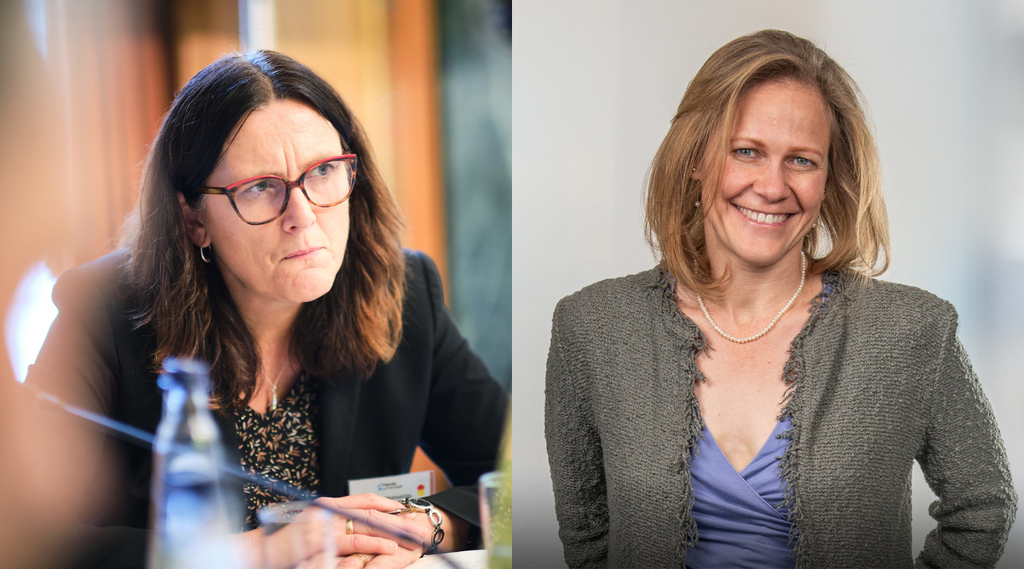
Past event Online
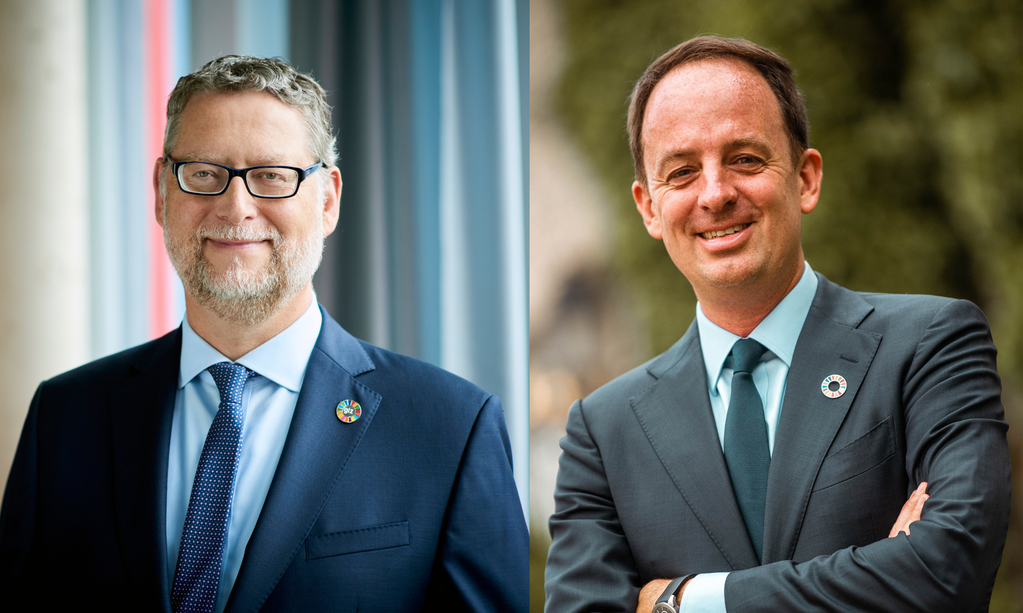
Past event IN PERSON & ONLINE
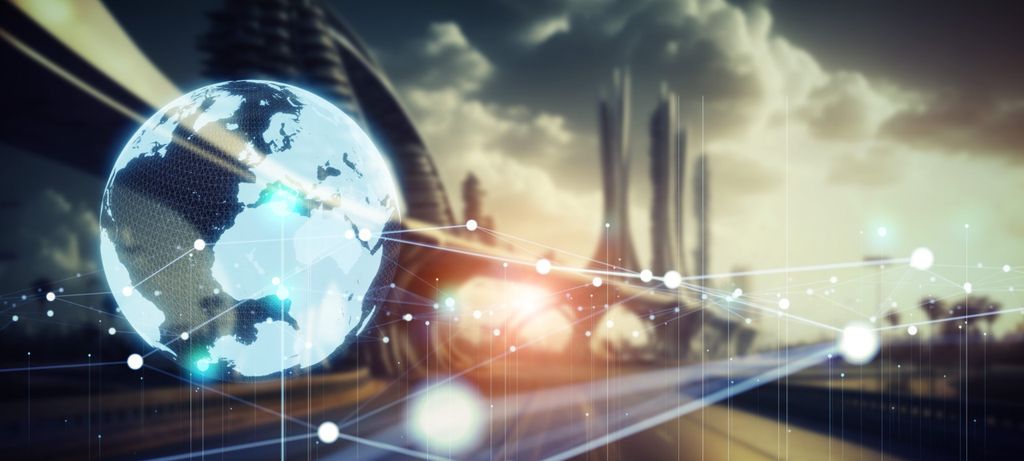
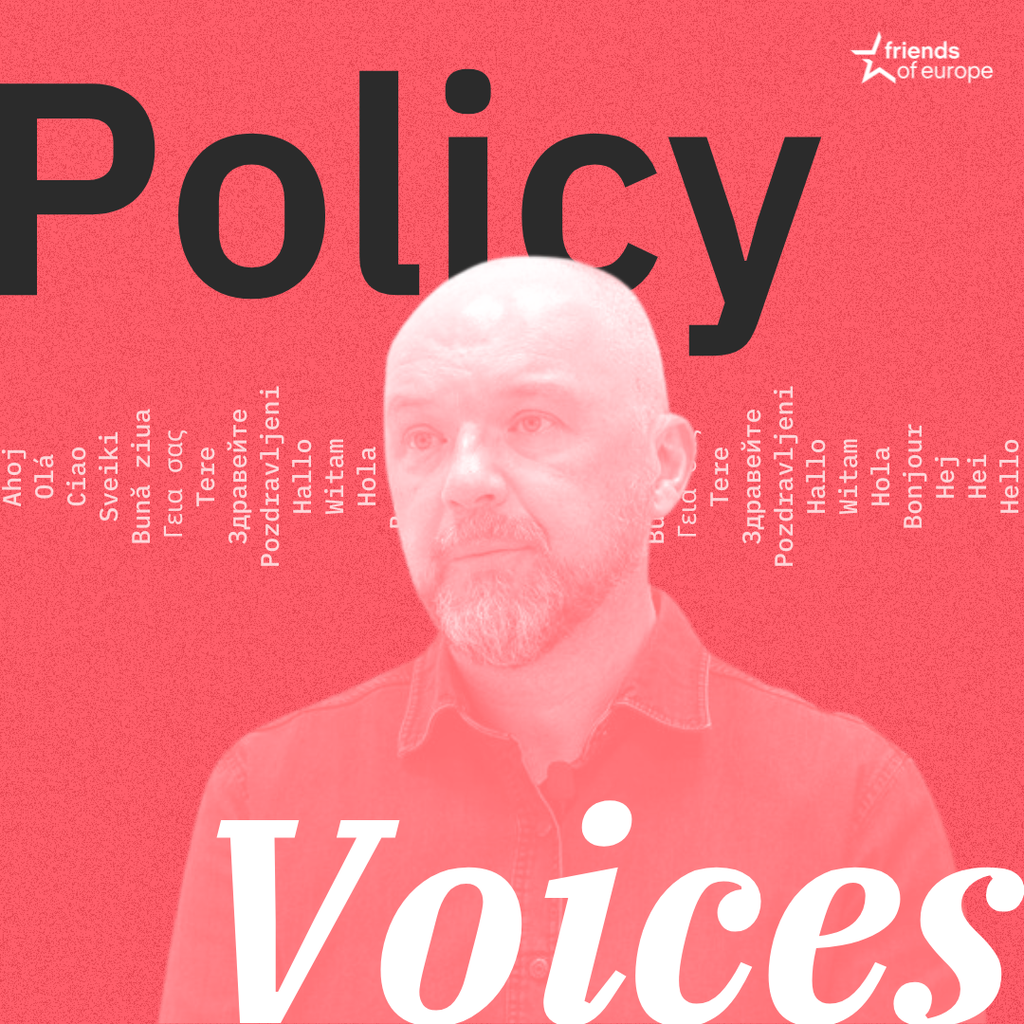
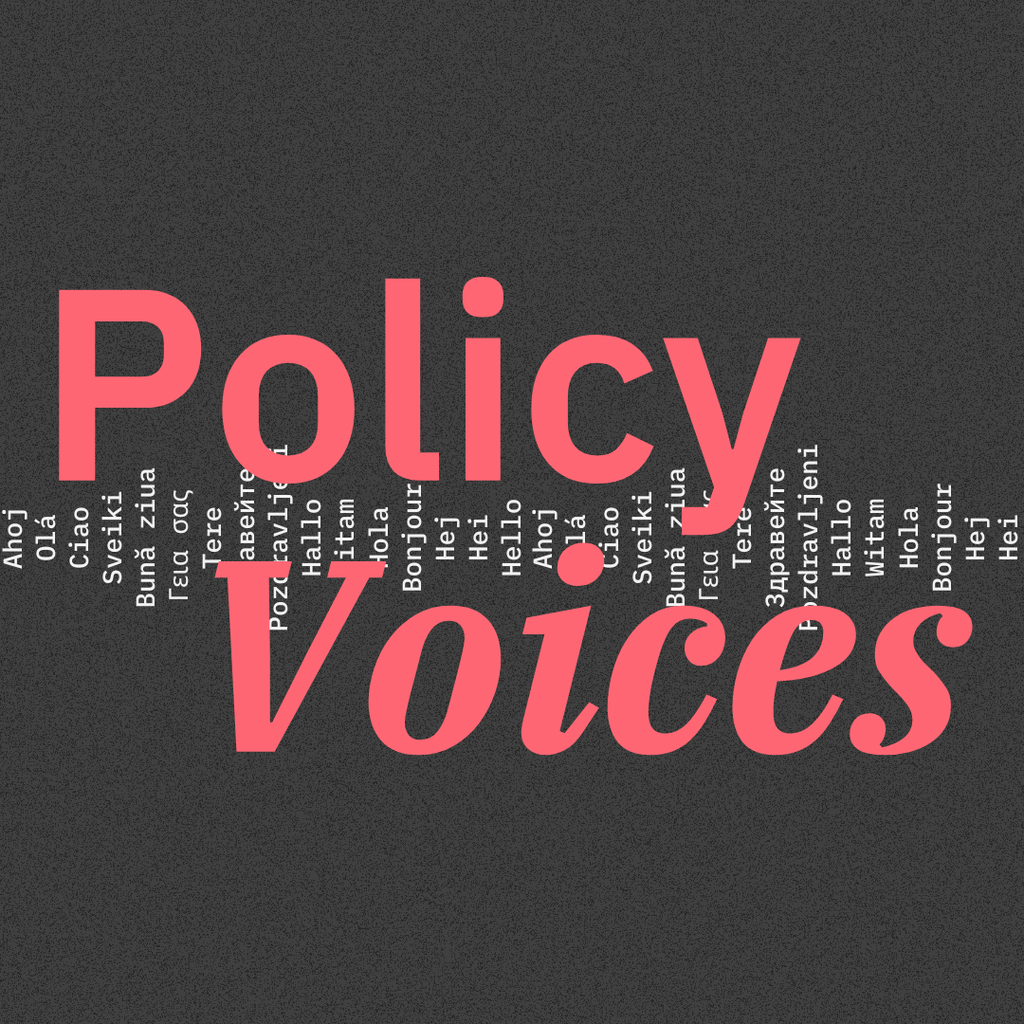
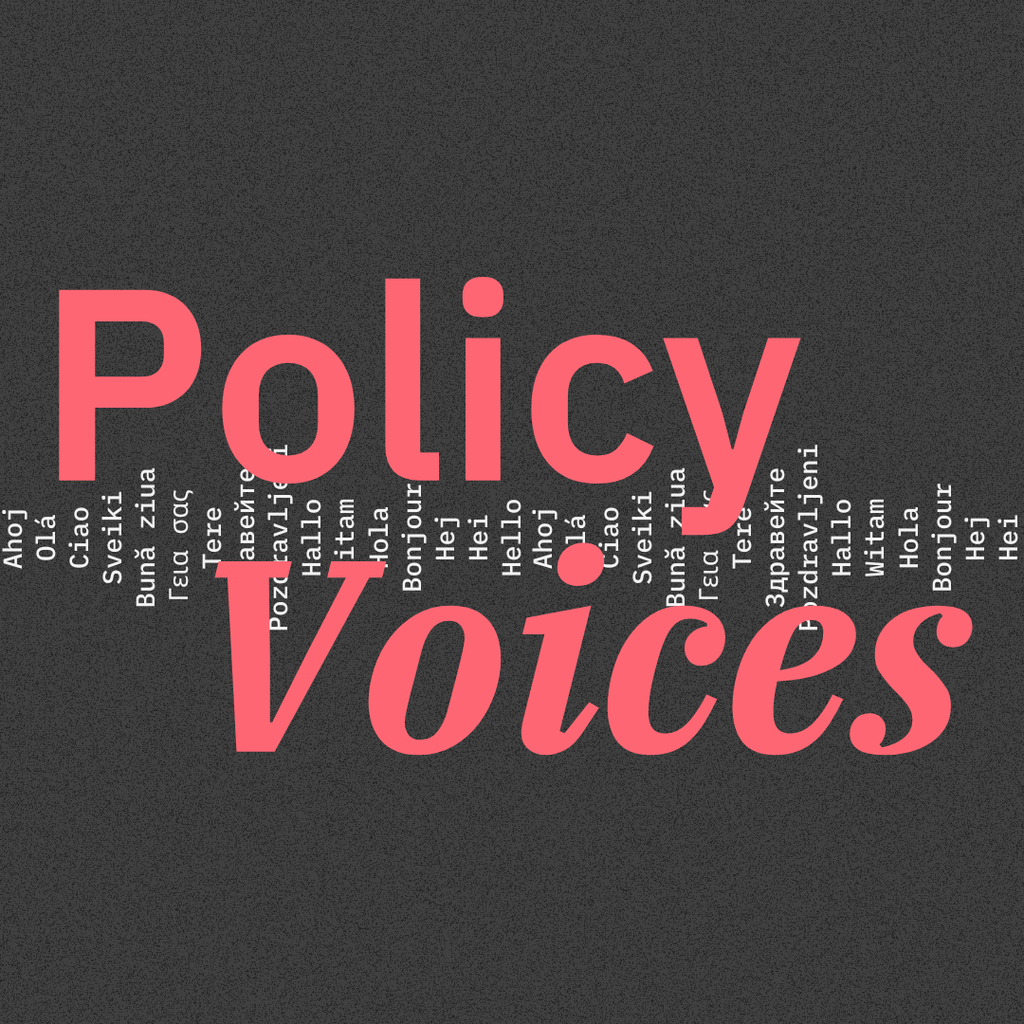

Stay informed
We use cookies and similar technologies to adjust your preferences, analyze traffic and measure the effectiveness of our campaigns. Learn more about our privacy policy.